Sherrie Levine
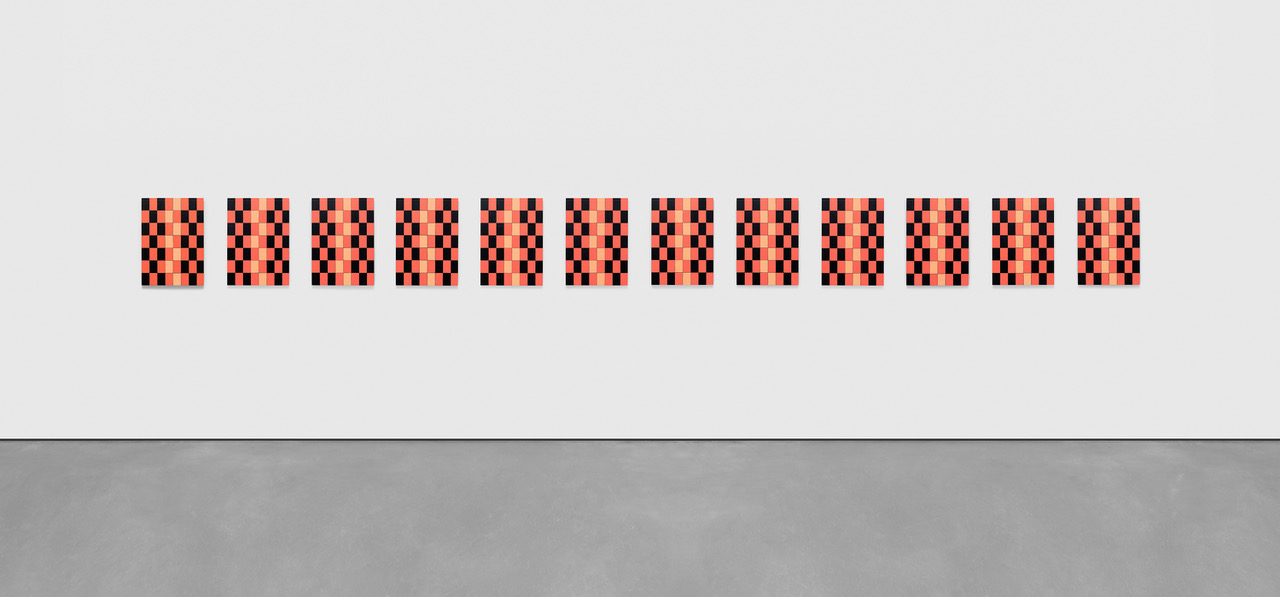
A major Sherrie Levine exhibition opened on April 20th at the David Zwirner gallery—the American artist’s first in France since the Frac Pays de la Loire exhibition in 1996. Significantly influenced by the work of Walker Evans and Marcel Duchamp, Levine emerged in the 1970s, positioning herself as a politically-oriented conceptual artist opposed to the Vietnam war. The artist developed her practice alongside others like Jenny Holzer, Richard Prince, Louise Lawler, Cindy Sherman and Barbara Kruger. Her work is characterised by the deconstruction of concepts like authorship and originality. Solidly feminist in nature, the artist’s work tended toward the demystification of artworks made by established male artists borrowed from the history of modern art. Her methods are therefore a radical form of appropriation. At the David Zwirner show, a series of 30 photographs gathered in groups of six, “After Steiglitz” (2023) is on view. The photographs are reproductions of reproductions of cloudy skies captured by the famous photographer. With this gesture, Levine enriches the photographic gaze with a meditation on the materiality of the image. Although the original may remain inaccessible, it accesses a certain presence. According to Baudrillard, it reveals the “fissure that runs through our way of seeing the world,” the “semiotic catastrophe”induced by the omnipresence of photography. Underlining the “collapse of reality into hyperreality”, he mentions an art through which “reality disappears.” The work of Sherrie Levine draws attention to the distance—important because it is minute—which separates us from direct experience of the source material. A neighbourly feeling between the artist and the work of artists other than themselves allows an empathetic conversation to take place between the model and the mirror through which it sees itself. For “Rectangle Paintings” (2023), Sherrie Levine produced twelve oil paintings on wood, all identical, in an abstract geometric style. In another of the spaces, the viewer discovers “Ivory Dominoes” (2022); the series consists of twelve temperas on wood panels, evoking a way of experimenting with existing forms using great precision. Here we encounter an unchanging aspect of Sherrie Levine’s practice—the theft of ready-made motifs. At the entrance to the main exhibition space two small, intriguing sculptures are displayed underneath a plexiglass case. The work, entitled Repetition and Difference (2002) is made up of two figures: one in bronze is a simple garden gnome, while the other, made of black glass, resembles one of the seven dwarves from Snow White. The press release itself reads like an artist manifesto. Sherrie Levine has written a short text about real-life twins James Springer and James Lewis. The two were separated at birth and found one another at the age of 39, only to discover that they both vacationed in the same place. The very idea of twinhood echos with a running thread in the work of Sherrie Levine—appropriation and reproduction. In Avant-Garde and Kitsch (2002), the viewer comes upon the two gnomes, except that this time the Snow White gnome is made of crystal instead of glass. In the same vein as artists like Elaine Sturtevant (1924-2014), the very notion of avant-garde is being simulated by Sherrie Levine, subverting the very notion of originality as posited by critics like Clement Greenberg. Against the grain of what sociologist Nathalie Heinich refers to as “conventional originality”, with regard to modern and contemporary art, Sherrie Levine opts for a subversive mimicry. As for kitsch, it tends to evoke provocative, bad taste such as can be found in the work of artists like Jeff Koons. Fundamentally postmodern, Sherrie Levine produces works in which, in sameness the hard core of the other becomes denser still.
Sherrie Levine, After Stieglitz: Set A: 1-6, 2023.
Courtesy the artist and David Zwirner.
© Sherrie Levine
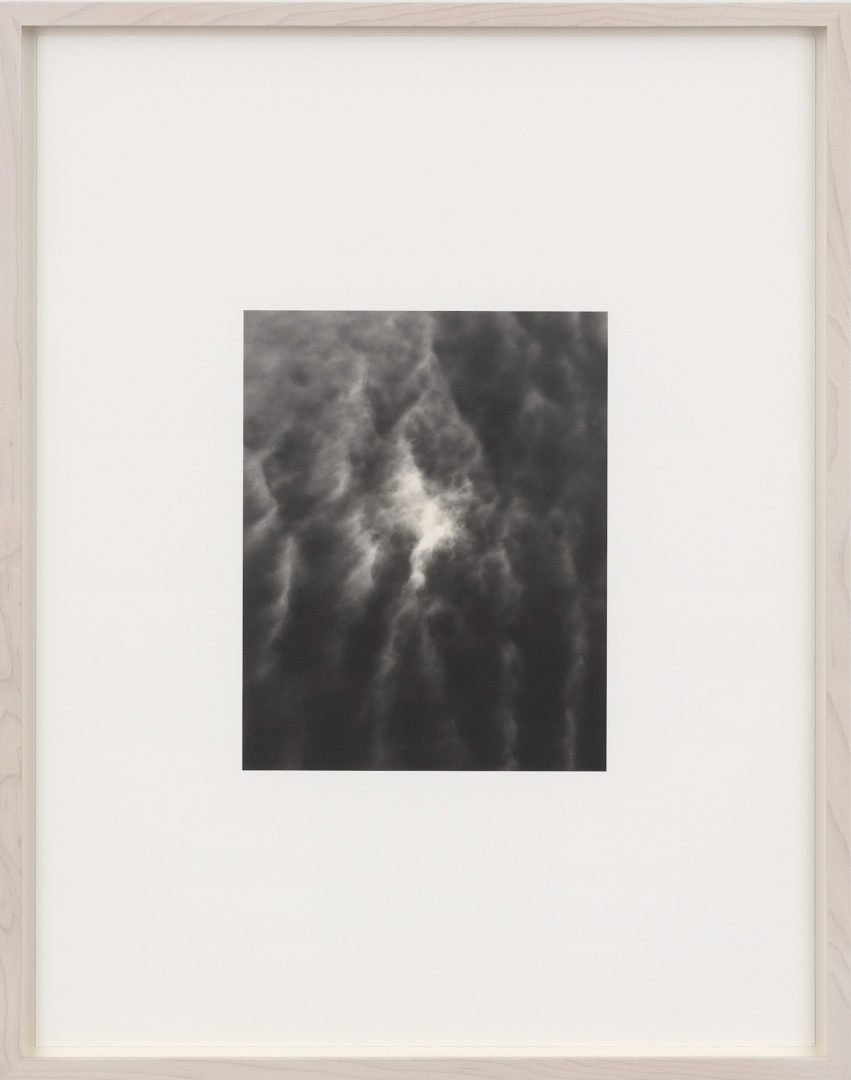

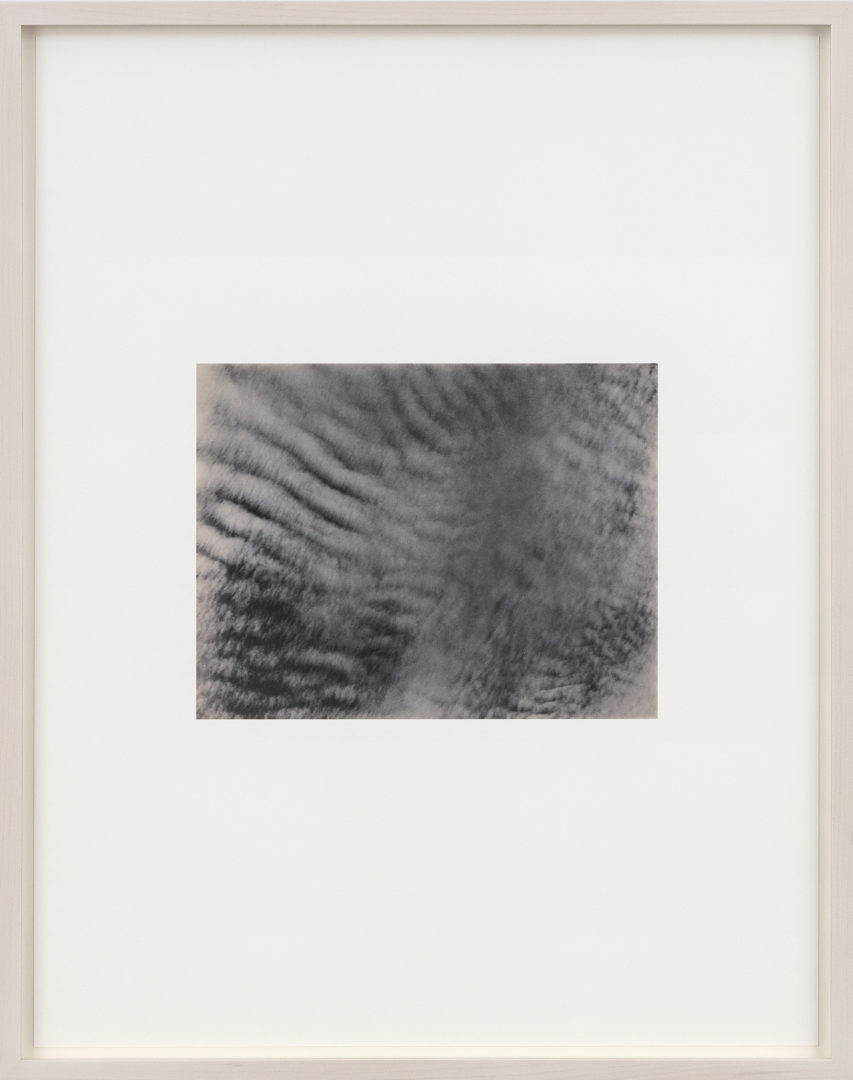
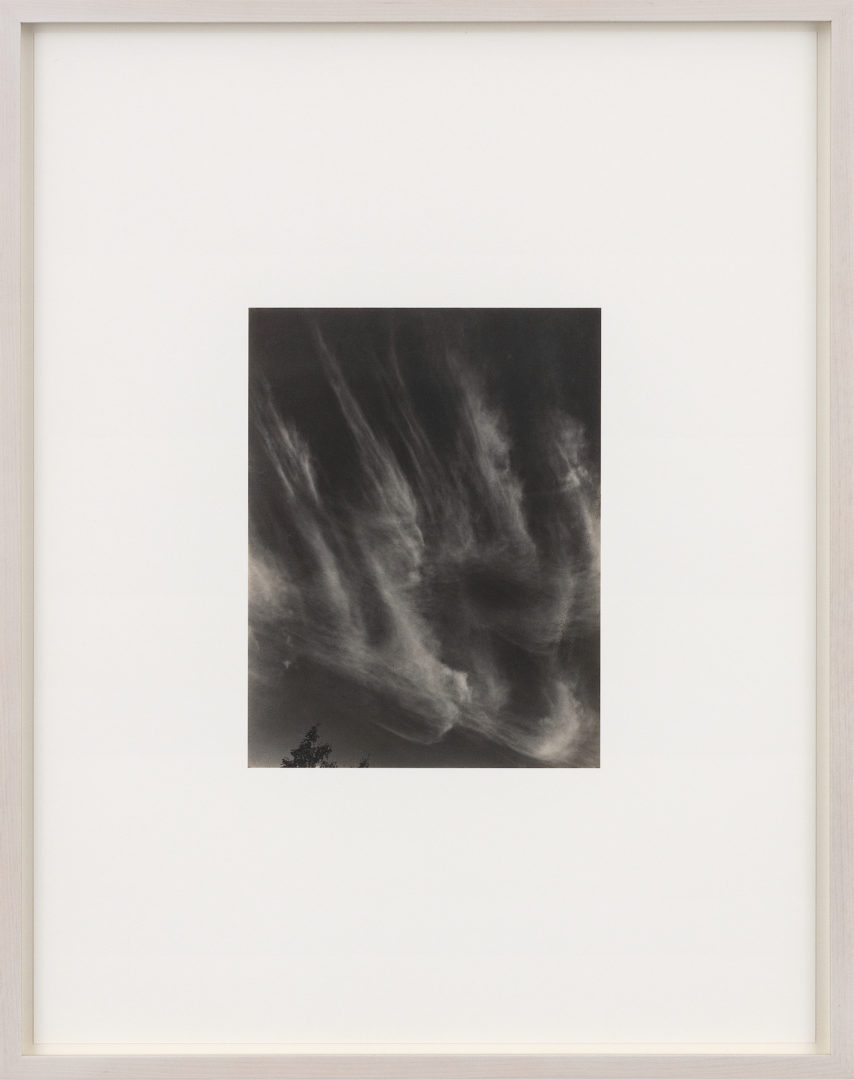
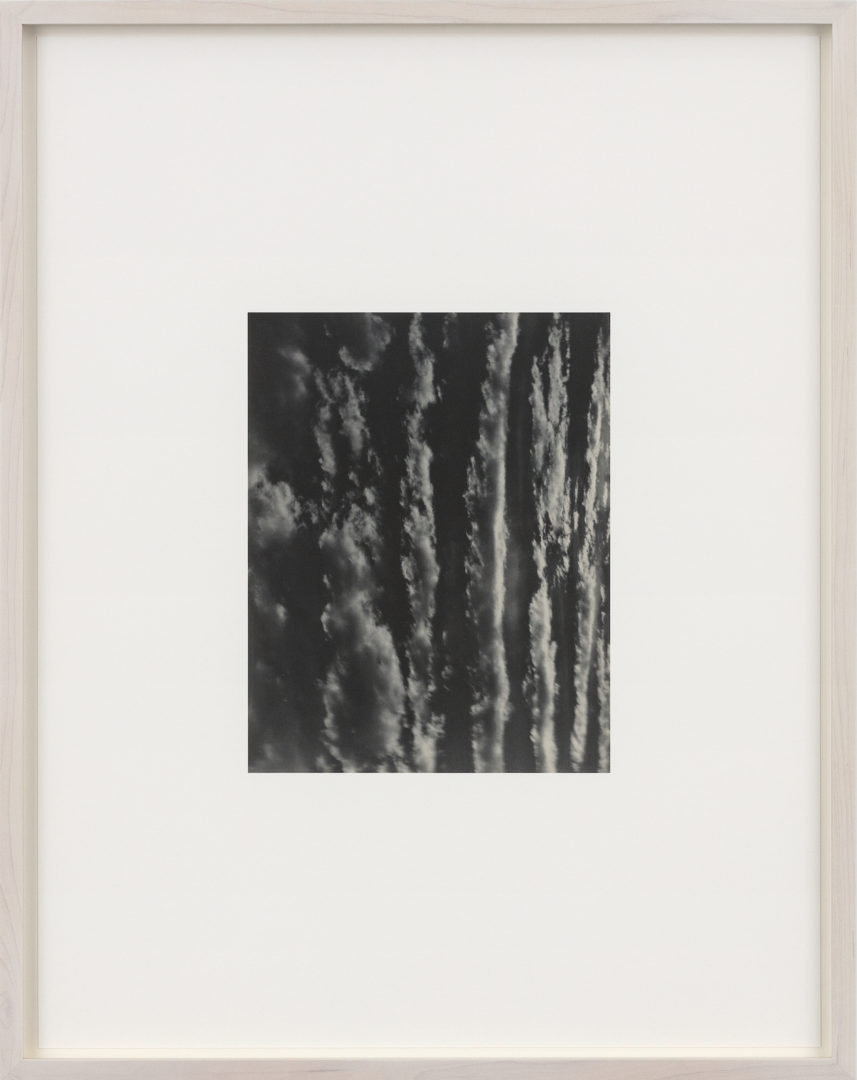

1 LEBENSZTEIN Jean-Claude, Préliminaires, in Hyperréalismes, USA 1965-1975, Musée d’art moderne et contemporain de Strasbourg, 27th june-5th october 2003
2 BAUDRILLARD Jean, L’Hyperréalisme de la simulation, in L’Échange symbolique et la mort, Gallimard, Paris, 1976, compiled in HARRISON C. & WOOD P., Art en théorie 1900-1990, éd. Hazan, Paris, 1997 (é.o. Oxford, 1992)
3 HEINICH, Nathalie, Le Triple jeu de l’art contemporain. Sociologie des arts plastiques, Paris, Éditions de Minuit, 1998.
______________________________________________________________________________
Head image : Sherrie Levine, Rectangle Paintings, 1-12, 2023
Credits: Sherrie Levine – Courtesy The artist and David Zwirner
Related articles
Iván Argote
by Patrice Joly
Laurent Proux
by Guillaume Lasserre
Diego Bianchi
by Vanessa Morisset

